- Home
- slideshows
- miscellaneous
- Tesla has Supercharger stations all over the map, but the largest one sits in the middle of a folksy California town - take a look inside
Tesla has Supercharger stations all over the map, but the largest one sits in the middle of a folksy California town - take a look inside
Tesla says the Kettleman City Supercharger is its largest in the US. Another in Baker, California, sits along a major route connecting Los Angeles and Las Vegas.

This trip served two purposes: to determine whether I could drive to the Kettleman City Supercharger station in the Model S P100D I borrowed from Tesla without stopping to top up along the way, and to check out Tesla's newest digs.
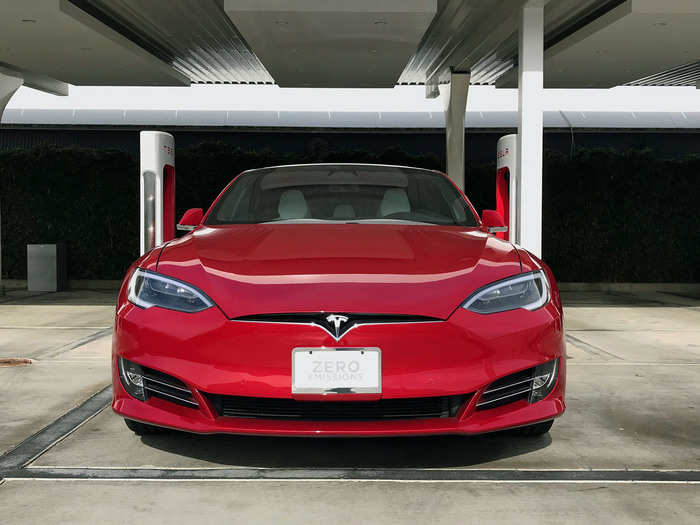
Our stop in Hawthorne was relatively brief. We were in and out within an hour.
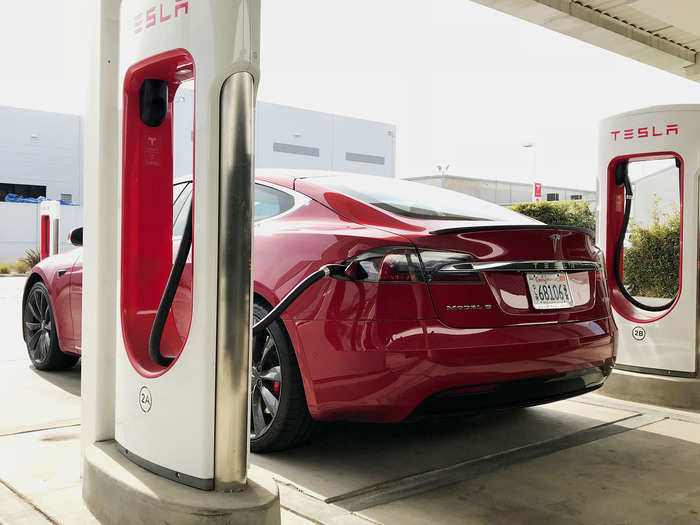
We arrived in Hawthorne with 46 miles of range left.
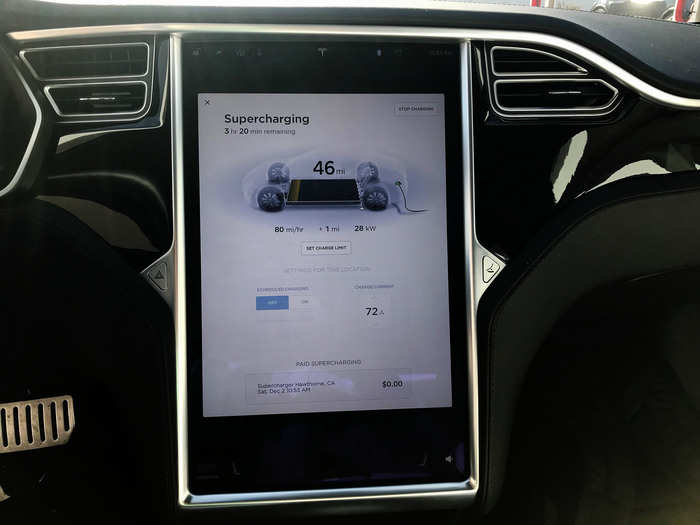
About 17 minutes in, I'd already gained 54 miles of range.
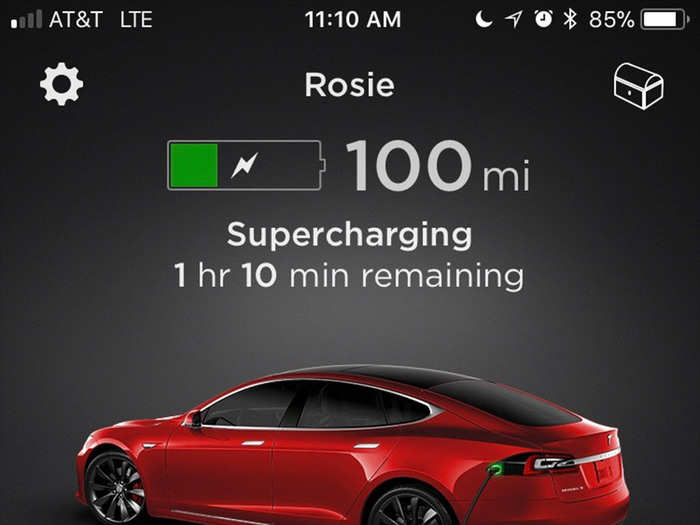
I didn't plan to fully charge the Model S to its estimated 315-mile capacity in Hawthorne — only enough to know I could comfortably drive to Kettleman City. In the meantime, I went inside with some Starbucks rations I rounded up earlier.
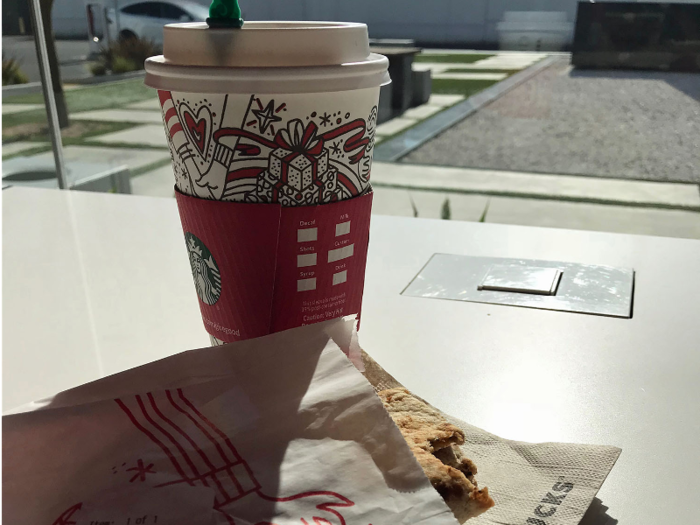
I was on the road to Kettleman City shortly after noon, with about 250 miles of range on the P100D's battery. I used Waze in conjunction with the Model S's navigation system. Waze predicted a 2:53 p.m. arrival.

Here's my route, beginning in Hawthorne.
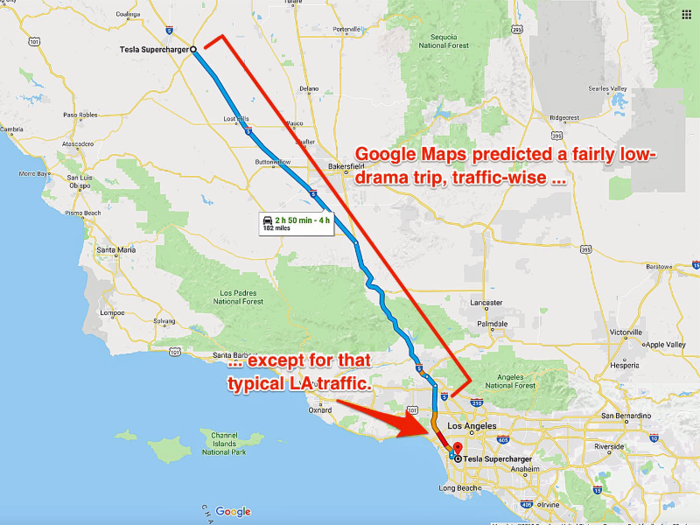
I drove conservatively, used Autopilot — Tesla's driver-assistance feature — some of the way, and resisted the urge to sample Ludicrous Mode. It paid off. A little more than halfway to Kettleman City, the Model S P100D still had about 159 miles on the battery.
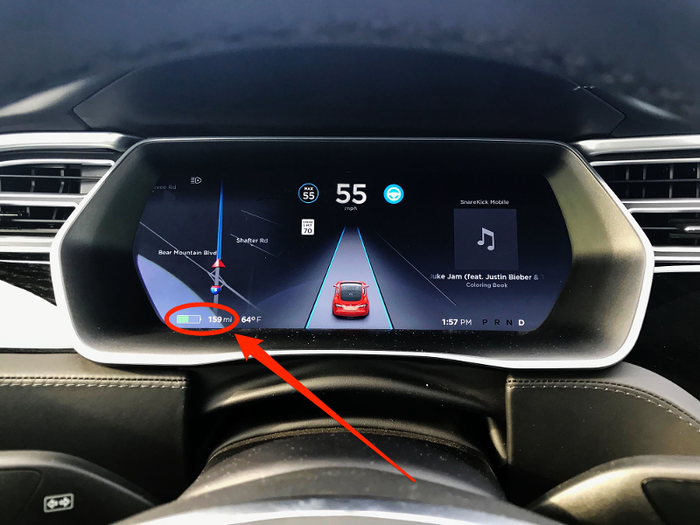
Like all electric cars, the Model S employs regenerative braking when you lift your foot off the accelerator. The energy that would've been lost while using the brakes to moderate the car's speed on this downhill stretch of Interstate 5 is instead transferred back to the battery via the electric motor. By the time I reached the bottom of the hill, the battery had gained 3 miles of range.
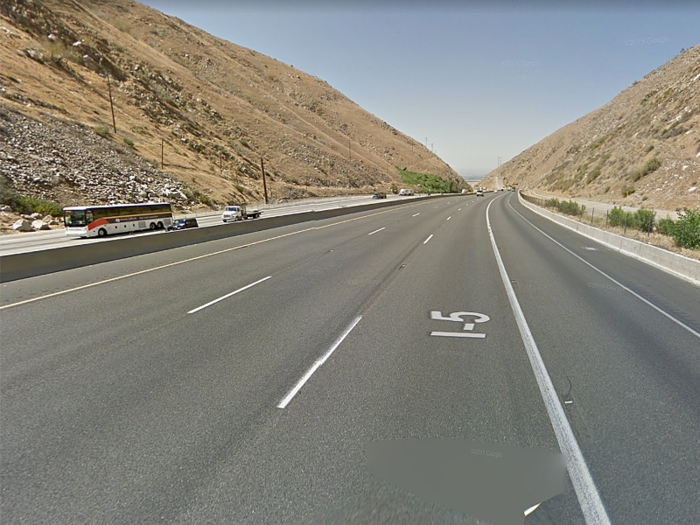
You can barely see the Kettleman City station from Interstate 5, but it's about a half-mile from the nearest off-ramp.
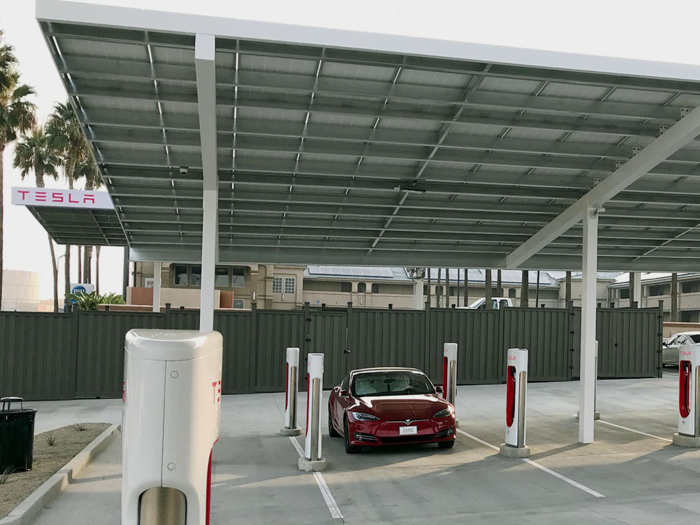
We reached the Kettleman City Supercharger station at 2:50 p.m., three minutes earlier than Waze predicted — and with 61 miles of range left on the P100D's battery.
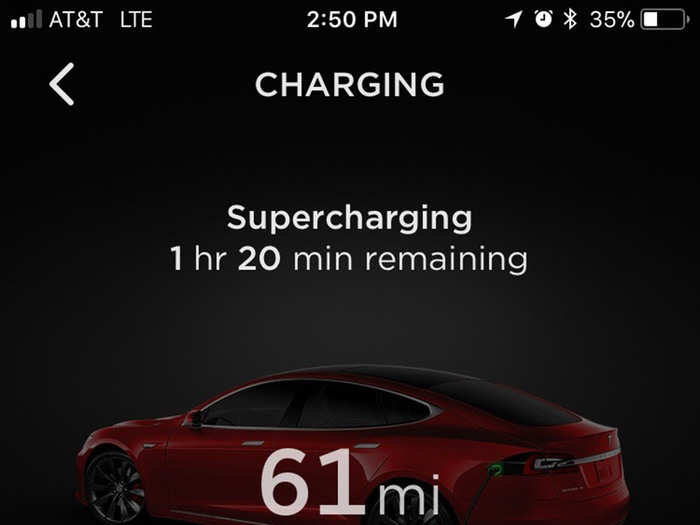
This station used to be a Burger King.
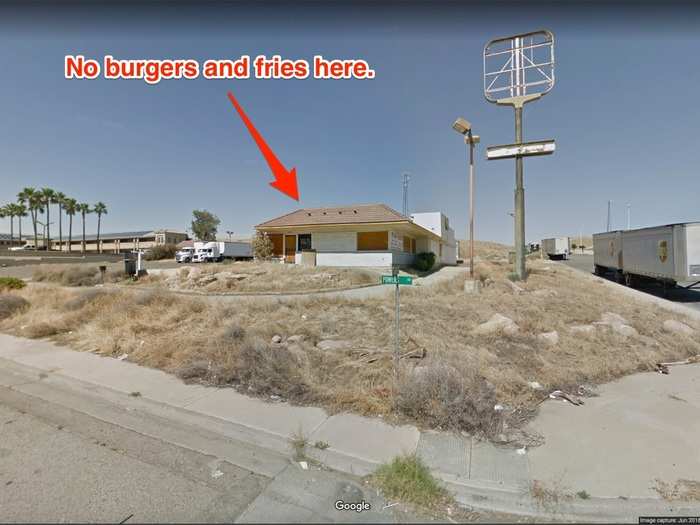
Here it is today. The transformation is stunning.
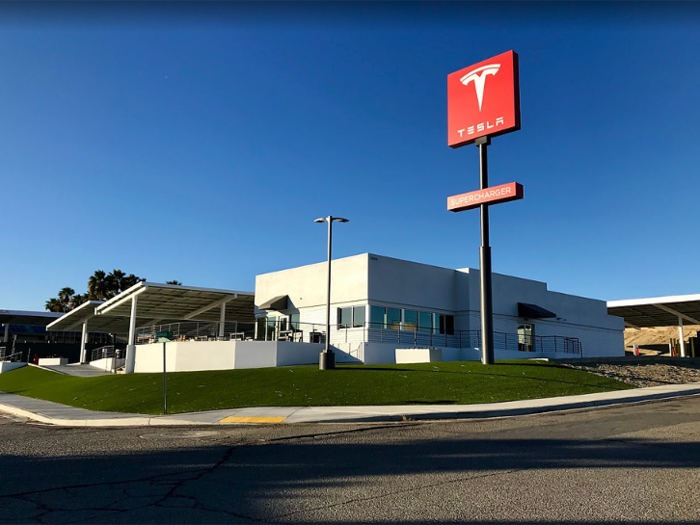
We took an open spot close to the entrance.
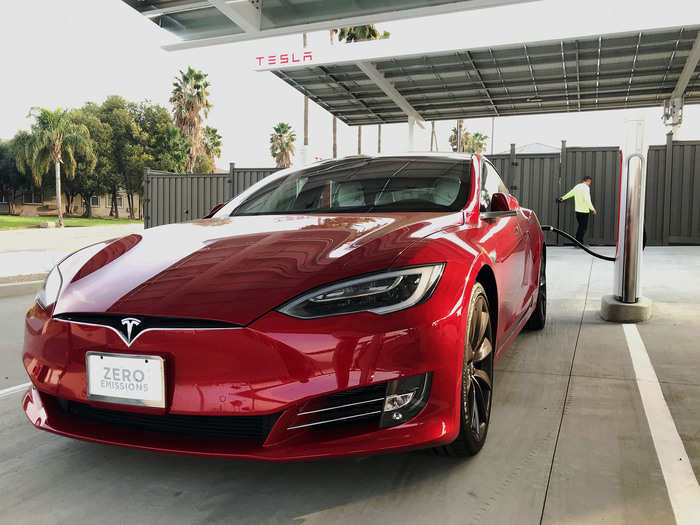
It was late on a Saturday afternoon in early December — that post-Thanksgiving quiet before the next holiday travel crush.We were the only ones there for a few minutes. It took only a second to find the access code for the lounge on Model S's touchscreen.
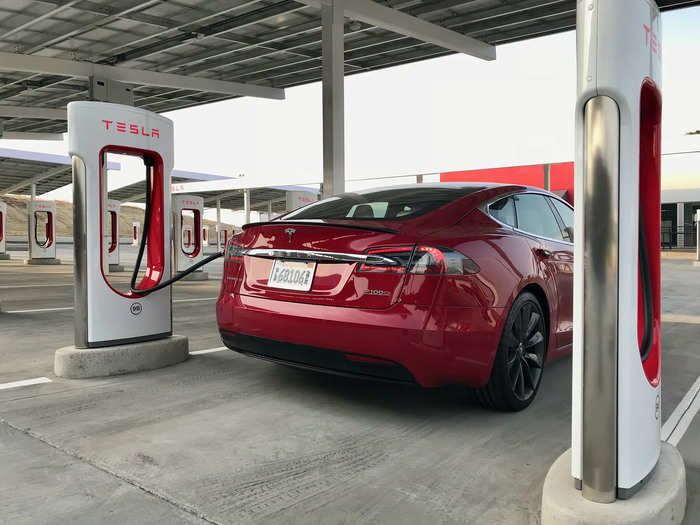
Let's go inside.
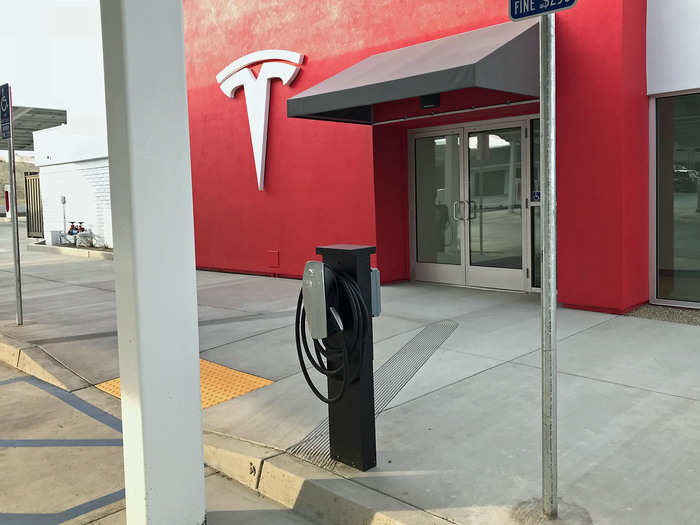
Tesla, being a master of product integration and its own best advertiser, immediately pitches you on its solar panels ...
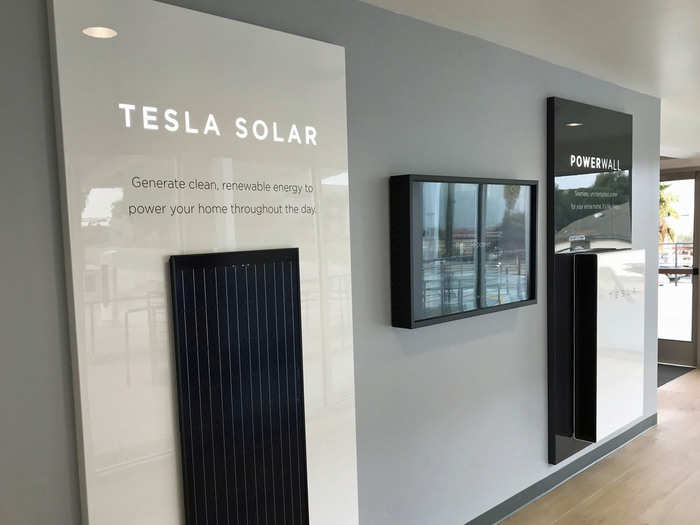
... and the Powerwall energy-storage solution ...
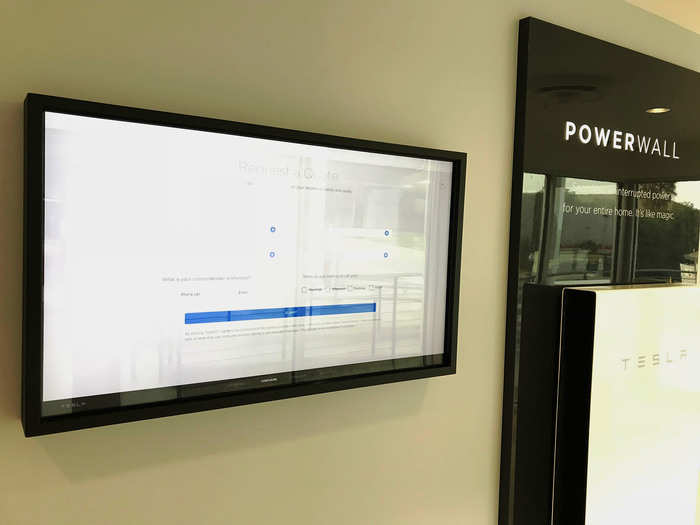
... and then it gives you estimates of how those products could benefit you.
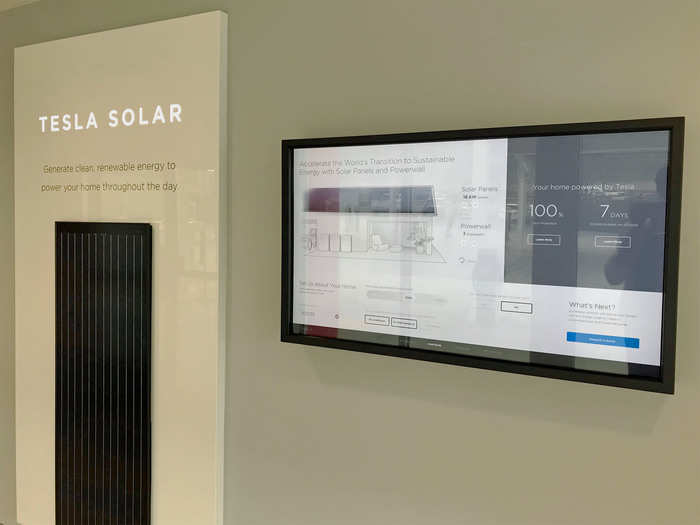
Next is this handy workstation with power plugs and USB ports for your mobile devices, and vending machines for your hunger and thirst. But the best part sits just to the left of this section ...
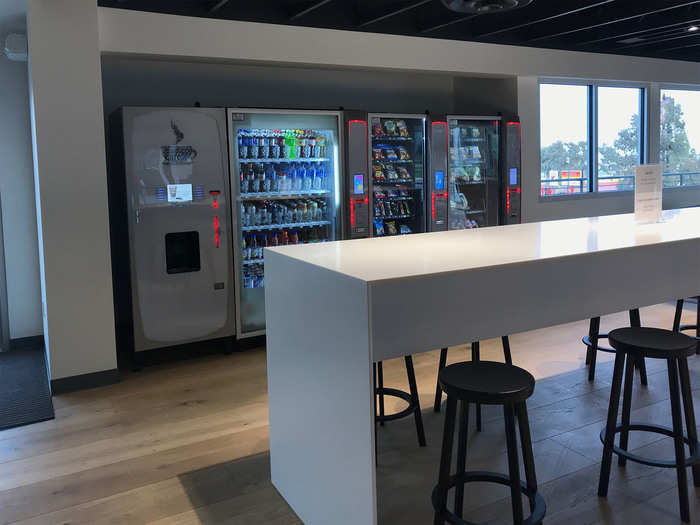
... the lounge.
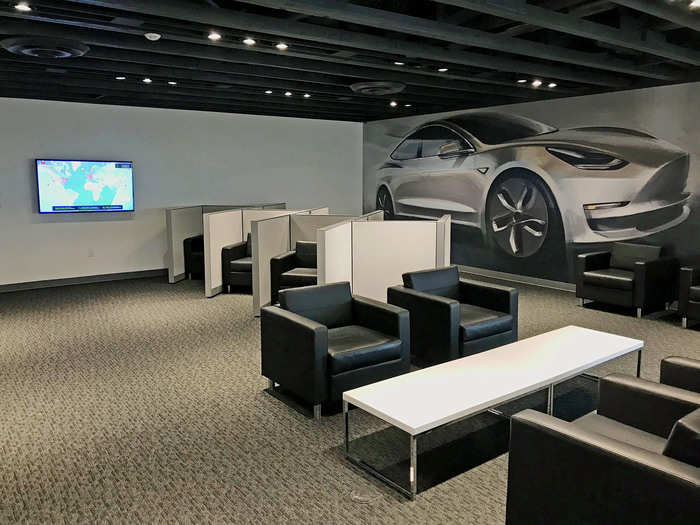
Another display shows every Supercharger location on the planet. Numbers at the bottom of the screen show kilowatt-hours delivered, miles enabled, and gallons of gasoline saved. They tick up as you watch.
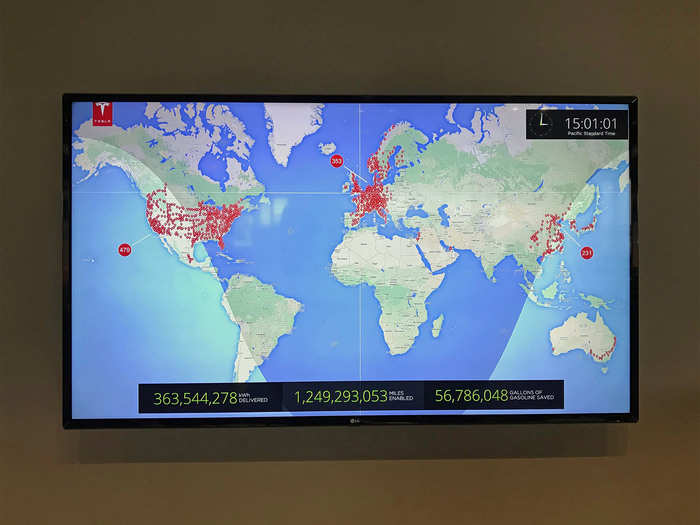
We sat for a while in the lounge, coffees in hand. Our borrowed Model S sat plugged in. We left the Kettleman City station with a full charge.
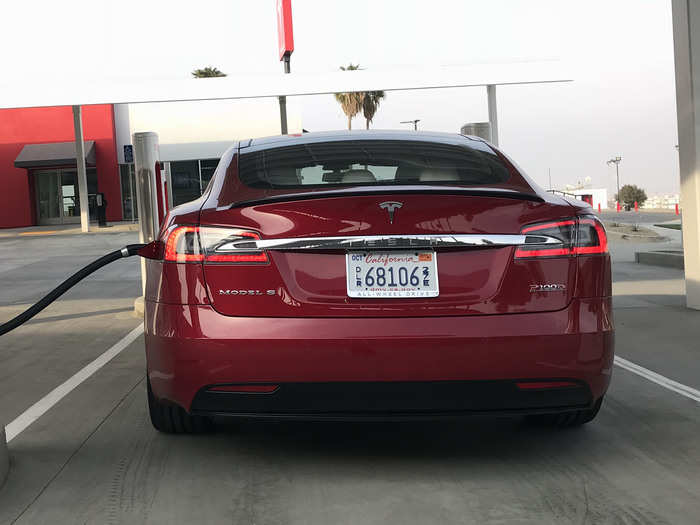
And here we are back in Hawthorne. Night was falling by the time I left Kettleman City, but it was an easy drive back home to LA, with about 70 miles of range to spare.
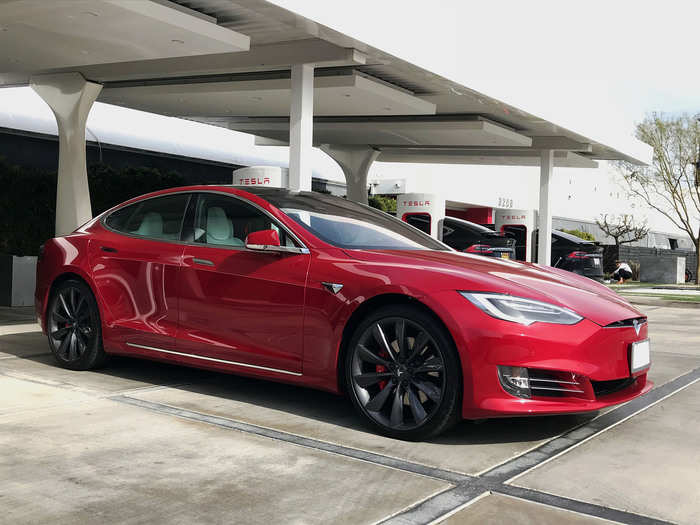
The Kettleman City Supercharger station was everything I expected it to be: comfortable, convenient, and accommodating.
I wasn't terribly surprised by the light traffic when I visited. There will probably be other occasions where Tesla's larger stations are bustling with activity, especially as more of the 400,000-plus people who preordered the Model 3 get their cars.
Something else became abundantly clear after driving the Model S P100D for a week: Tesla's effort to expand the Supercharger network is essential. There were stations on every route between my apartment and the office — and every other place I traveled in my corner of Los Angeles.
There were multiple stations on the route to Kettleman City, too. I never needed to stop, but knowing that I could is what mattered.
It's not hard to imagine that for those future Model 3 owners — some of whom will be Tesla first-timers — the initial excitement around the company's most affordable electric car is not only because it's attractive and embodies the cachet of a red-hot brand, but because you can drive it and never worry about being stranded.
Sure, you can plug in a Tesla anywhere, but the value of having a dedicated high-speed charging network at your near-immediate disposal can't be overstated.
Popular Right Now
Advertisement